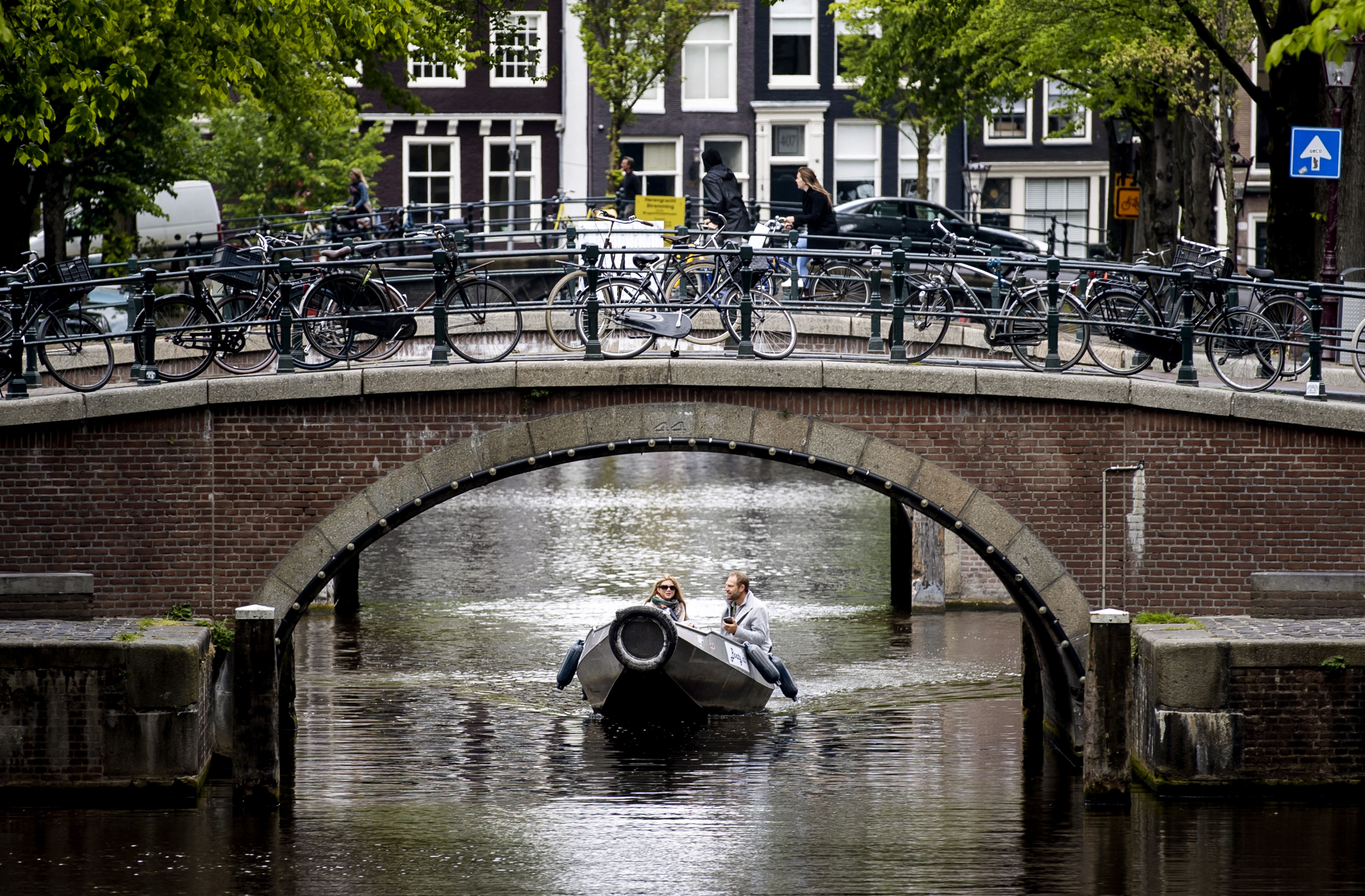When will Amsterdam be on the green list?
When will a city break in the Netherlands be possible?

Your support helps us to tell the story
From reproductive rights to climate change to Big Tech, The Independent is on the ground when the story is developing. Whether it's investigating the financials of Elon Musk's pro-Trump PAC or producing our latest documentary, 'The A Word', which shines a light on the American women fighting for reproductive rights, we know how important it is to parse out the facts from the messaging.
At such a critical moment in US history, we need reporters on the ground. Your donation allows us to keep sending journalists to speak to both sides of the story.
The Independent is trusted by Americans across the entire political spectrum. And unlike many other quality news outlets, we choose not to lock Americans out of our reporting and analysis with paywalls. We believe quality journalism should be available to everyone, paid for by those who can afford it.
Your support makes all the difference.Amsterdam has long been a favourite city break destination for Brits, thanks to its pretty canals and gabled houses, compact historic centre, laid-back bike culture and plethora of outstanding museums and galleries.
In fact, British nationals make more than two million visits to the Netherlands every year, half of which are trips to Amsterdam, according to the Foreign Office.
After the UK government finally revealed which countries would be on its “green list” when foreign leisure travel resumes on 17 May in England, is it possible to visit Amsterdam again? Here’s what we know so far.
Is Amsterdam on the green list?
No. The Netherlands, along with most of Europe, has been put on the amber list initially. This means travellers returning from there to the UK must provide a pre-departure negative Covid test result (this can be a lateral flow, rapid antigen or PCR test); quarantine for 10 days at home on arrival to the UK; and pay for two PCR tests, to be taken on day two and day eight after returning to the UK.
However, those in England can opt to pay for a third test on day five, which, if negative, allows them to end self-isolation early.
Am I allowed to visit an amber list country?
It is not illegal or officially banned, and you no longer need to provide proof of an essential reason for international travel from England as of 17 May. But the Department for Transport has advised travellers that they “should not be travelling to ‘amber’ and ‘red’ countries for leisure”.
When could the Netherlands move to the green list?
The earliest it could move from amber to green is one week after the next official review. The first update is expected to take place between 1 and 4 June, so any changes will then come into effect a week later (8-11 June).
Reviews of the lists will then take place every three weeks.
Passengers travelling from green countries must take a pre-departure test, plus one PCR test within two days of arriving into the UK, but have no need to quarantine.
What are the current entry requirements for the Netherlands?
As of 1 January 2021, non-EU/EEA nationals and nationals of non-Schengen states, including UK nationals, have not been permitted to enter the Netherlands for non-essential purposes.
Should this ban lift, travellers must be in possession of a negative PCR Covid-19 test taken within 24 hours of departure for the Netherlands. As of 16 March 2021, a negative PCR test result taken within 72 hours of arrival in the Netherlands will also be accepted, provided you also present a negative rapid (antigen/LAMP) test taken within 24 hours of departure for the Netherlands.
If the UK moves to the Netherlands’ “safe list” of countries with lower coronavirus infection rates, no test will be required.
If you’re travelling to or from the Netherlands by air you must complete a health screening form and have it ready to show on request during your journey.
The Dutch Government has a colour-coded system of high-risk (orange/red) and lower risk (yellow) countries and regions. Travellers entering the Netherlands from high-risk (orange/red) regions or countries are required to self-isolate for 10 days upon arrival. The UK is currently listed as a high-risk country.
You may leave quarantine to take a PCR test on day five after arriving in the Netherlands. If the result is negative, you can end your self-isolation that day. If the test result is positive, you need to continue quarantining and will receive further instructions from the local health authorities.
Join our commenting forum
Join thought-provoking conversations, follow other Independent readers and see their replies
Comments